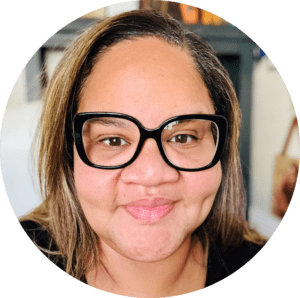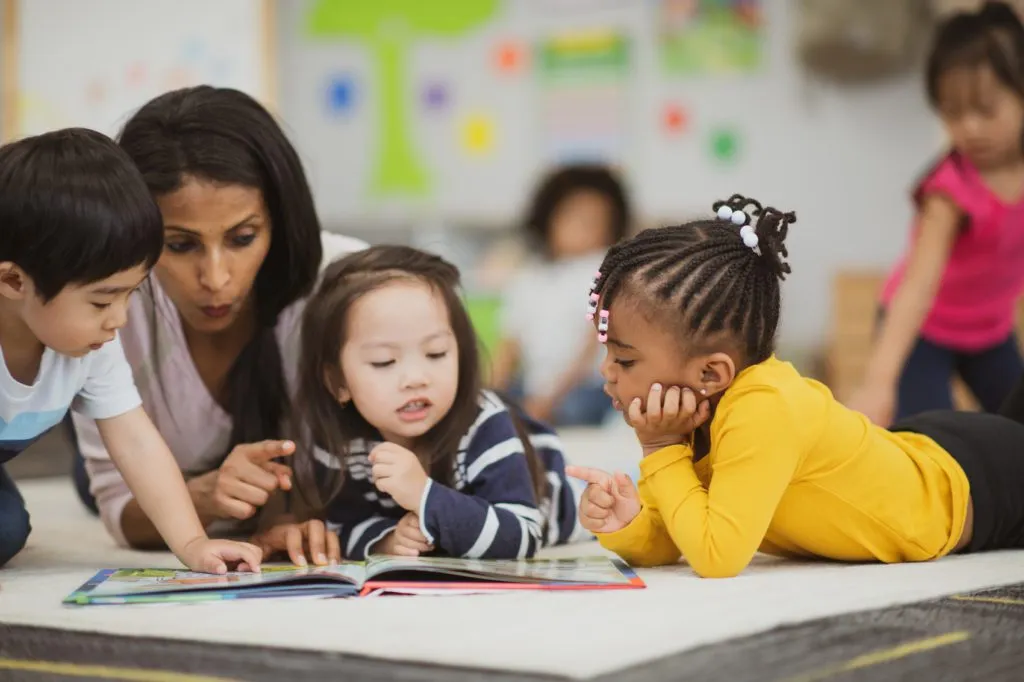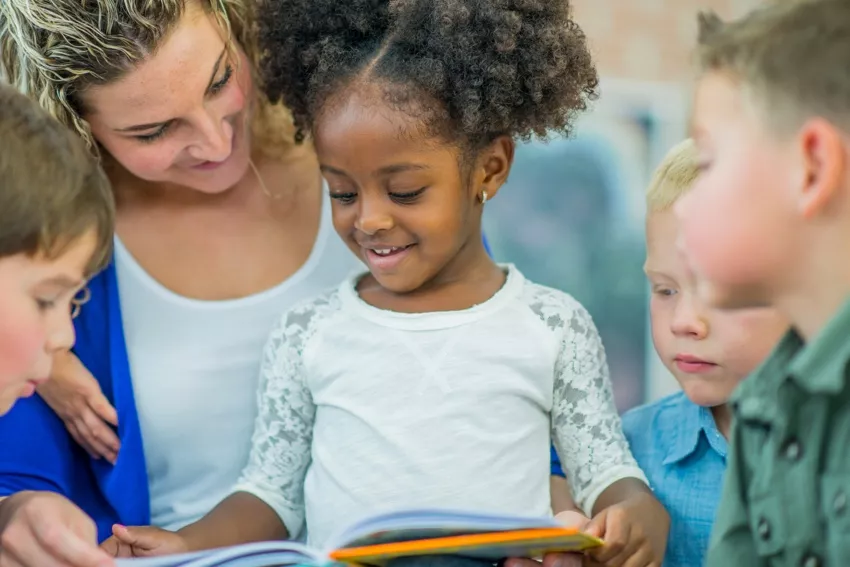Teaching Strategies and the Science of Reading


What is the science of reading?
For decades, education experts have debated the “right” approach for teaching young children how to read. In these discussions, early childhood education researchers have compared and contrasted theories of child development; outcomes reports on the effects of various instructional strategies; and—most recently—data from neuroscientists. This extensive body of research, which describes how children learn to read, comprises what is known as the science of reading.
While the science of reading research focuses on the effects of formal reading instruction that typically begins during the kindergarten year and continues through elementary school, it also offers clear implications for instructional programming for the formative years from birth to age 5.
The good news is that many early learning programs are choosing to refer to this body of literature to inform their strategies for supporting children’s emergent literacy skills.
What does Teaching Strategies have to say?
Here at Teaching Strategies, we believe in teaching young children to become competent, confident, emerging readers through evidence-based pedagogy. Our position for literacy learning aligns with that of renowned researchers, such as Dr. Louisa Moats, who have been key advocates and influencers ensuring instruction founded in the science of reading—in all its complexity—exists in literacy curricula.
So where does the science of reading show up in the Teaching Strategies ecosystem? The simple answer is this: all day, every day.
Language and Literacy—All Day, Every Day
Every element in the Teaching Strategies ecosystem is connected to the research-based objectives for development and learning. More than a quarter of these 38 objectives relate to young children’s language development and literacy learning.
These objectives span birth through third grade and enable teachers to understand children’s development and learning as a progression across the early childhood years and see the varied ways in which development occurs from child to child. The objectives are the backbone of both The Creative Curriculumand GOLD, and they inform everything we do here at Teaching Strategies and everything we create.
The science of reading supports the notion that integrating authentic experiences into every day—and from very early on—is the best approach for promoting early language development and literacy learning. We could not agree more. Therefore, we provide guidance and tools throughout our comprehensive early childhood solution to make sure that children are developing essential pre-reading skills under the guidance of teachers who know how to teach and assess these skills.
Confident and Prepared
Early childhood educators who implement The Creative Curriculum can do so with the assurance that this research-backed, comprehensive approach to teaching and learning addresses reading as a complex set of skills that incorporate knowledge and abilities from the language and literacy domains; begin developing at birth, when an infant first learns to respond to the voice of a caregiver; and are best supported when the first five years of life are used to intentionally nurture the extensive root system necessary for later success in elementary school and beyond.
The facilitation guidance we provide teachers about purposeful reading strategies, such as encouraging infants to touch and feel books as they interact with caring adults, and the rhyming games teachers play with older children while transitioning from indoor to outdoor time—these are but two examples of how we build language and literacy into each day for all children.
Children who are attending preschool and transitional kindergarten programs are typically ready for systematic, direct instruction in the components of literacy, which are prescribed by the science of reading. These components include phonemic awareness and alphabetic principle, as necessary precursors of later phonics instruction; vocabulary; concepts of print; and basic elements of narrative structure as a foundation for comprehension. The Creative Curriculum guides teachers to imbed this instruction in play-based, developmentally appropriate experiences and activities through daily resources such as Intentional Teaching Experiences, Mighty Minutes, and Book Discussion Cards.
We also provide teachers with informational resources to help ensure they are prepared to be responsive to the needs of children, such as online professional development modules; blog posts and webinars on language and literacy; and foundation volumes that explain how humans learn not just to read and write, but also to love language, books, and stories and embrace lifelong learning.


